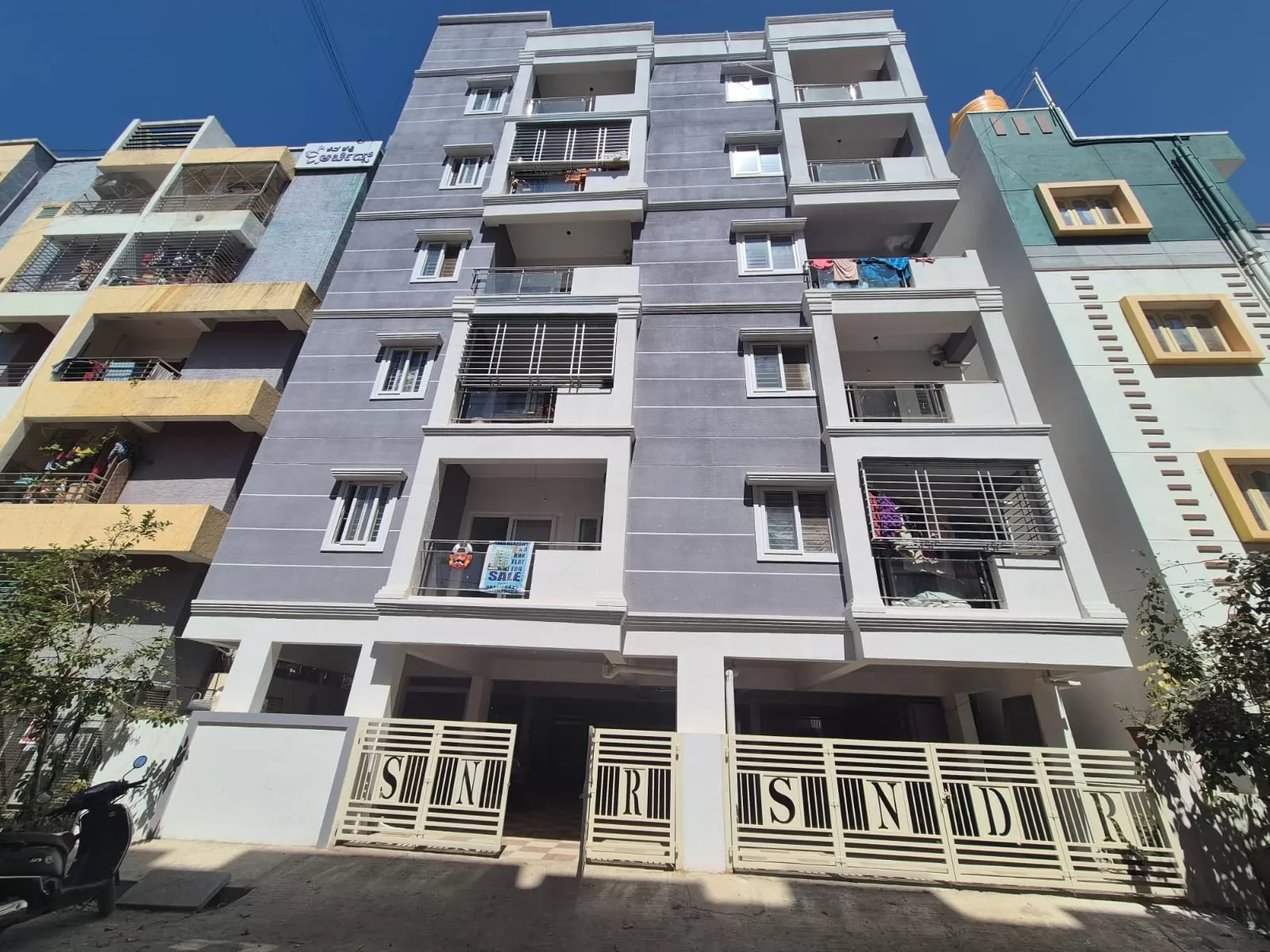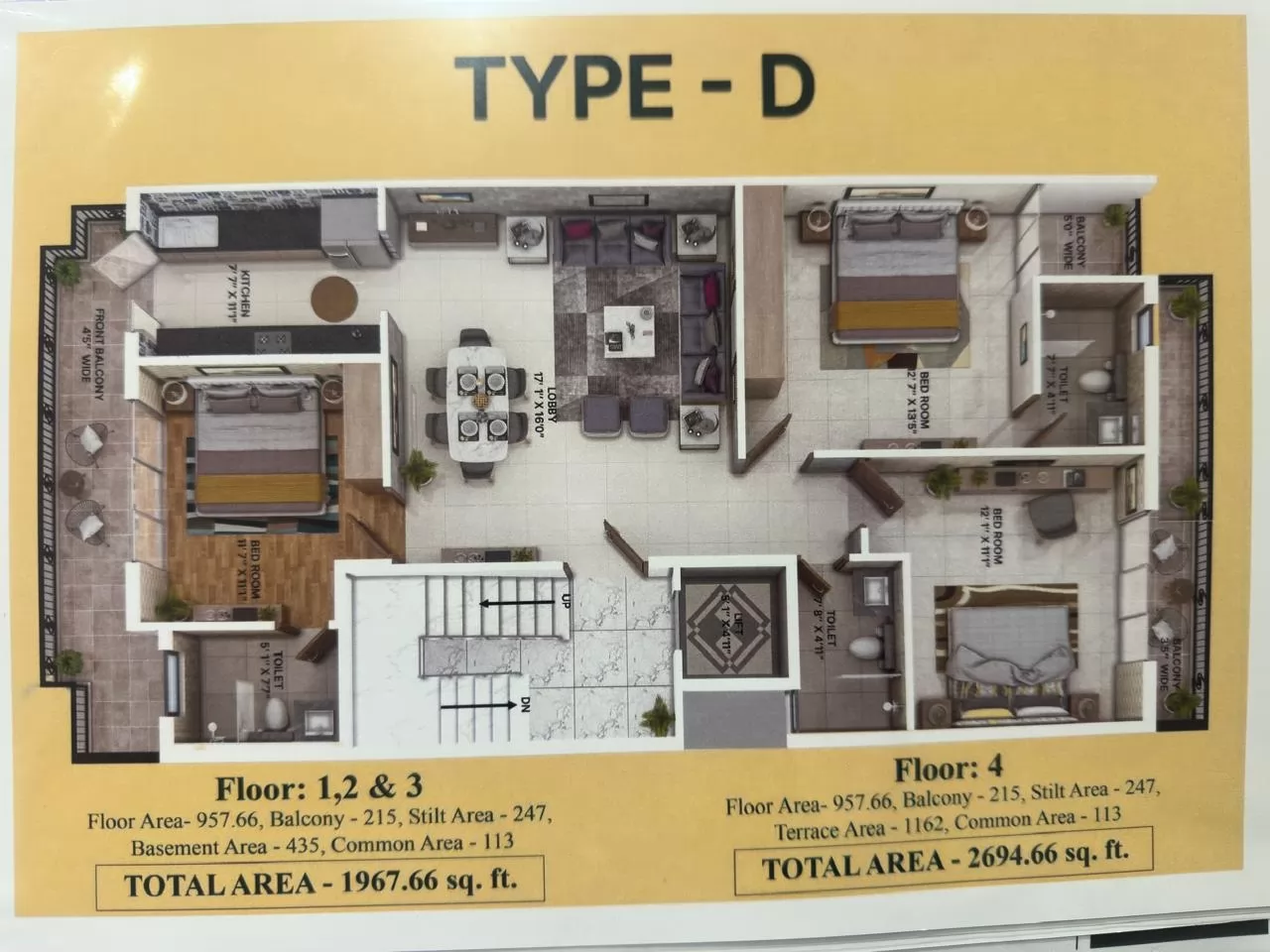Pros and Cons of Visual Marketing in Real Estate
imran Khan

We are in a fast-moving age with rapid technological breakthroughs. As technology advances, we unavoidably alter our methods of operation. We can clearly see a trend in the internet context that has been going on for a while. Here, we're discussing visual material, a popular form of content that is frequently marketed. Like any other sector in today’s market, real estate also looks forward to utilizing the various options and opportunities available within the scope of marketing. Different forms of advertising appeal differently to each consumer as each of them tries to bring out and highlight each positive aspect with the intent of selling at good prices. Often a property signifies a way of life for the buyer, and visual marketing helps immensely in cementing their wish to purchase the concerned property. In simple terms, it is a visual narration of the property for potential buyers.
You should never disregard your web marketing methods if you want a profitable company with lots of room for growth. Many marketers have experimented with numerous forms of marketing over time. For instance, it appears that marketers in the present day are quite interested in content marketing methods. If you understand how to address them correctly, all content marketing efforts might achieve great success. You must gain proficiency in key abilities as well as an understanding of the market you are activating in. Millennials consist of at least 35% of all new home buyers in the real estate market. It is visible now that these homebuyers prefer more engaging and interactive experiences in home buying with easier access on their smartphones than the traditional 2D views and hastily made videos. As this generation of buyers takes to mobile websites and other Internet tools to search for appropriate properties, it is high time that the real estate market responds more positively. This has stepped up innovation, and experimental marketing methods are slowly becoming a reality in real estate advertising and listing presentations. Such technology also manipulates the emotions of the buyers by better showcasing the properties and emphasizing on factors that are research-approved to cause certain feelings inclined towards buying. Real estate advertisements with more video-based content received more inquiries than ones without videos. More than 40% of homebuyers felt strongly about interactive maps and virtual tours; they also seem more invested with apartment listings that offer 3D views and an interactive experience associated with the technology.
Some of the more common methods include the following. Traditional 2D digital photography remains the go-to standard within the industry as the photos can detail both the interior and the exterior features of the house to the buyers’ satisfaction. They are more practical options and are easier on the budget; combined online platforms or uploaded on sites where it is more visible for potential buyers. It is a great alternative where hiring professional services might serve as a huge cost for a mediocre profit with a good set of communication skills, and this is enough to achieve a successful deal. This can be used on a medium-ranged property. If the budget allows for this luxury, professional videos can make a significant difference in communicating with buyers. Drones and other forms of aerial media capturing devices have become more popular as they can reach higher altitudes and give more realistic viewpoints of the interior and exterior characteristics, such as the landscaping of the garden. The more unique the features, the more realistic images assist in driving the point home and enticing buyers to indulge in the same.
Pros:
The most obvious advantage in visual marketing – and what makes it more convenient than physical staging – is the lack of large overhead costs in displaying the properties to the intended buyer. This is a huge cost that the buyer would have to bear and, in essence, seems a wasteful cost. With the help of visual marketing, any buyer now does not have to imagine how a particular sofa will look in the living room – they can easily use the required software to virtually place and assess for themselves. In this manner, the propertys look and appeal multiply tenfold and helps the buyer to decide on a theme or style that is best suited to their preference and the capabilities of the house. It takes much less time for staging such a scene instead of the alternative of dragging furniture physically to the required locations.Adjustments come more easily according to the room dimensions – the flexibility of the tactic gives a better perspective than mere pictures can convey, which is mostly subjective to the individual's eyesight, appearing smaller or bigger at will. Here, the visual appearance fills your stage and gives an easier idea of the shape and space available in the room and how this can be effectively utilized for the buyer's preference.
- Engagement: The truth that visual content marketing claims more engagement than other content types is one of its main advantages. Visual marketing has the highest engagement rate of any content, at nearly 10 times the rate. Comparatively speaking, visual content marketing is the most effective on social media platforms. Additionally, viewers devote more time to your websites when you use visual content marketing, which raises your SEO rankings. Engaging audiences with visual marketing is a terrific method to get their attention and keep it. If you understand how to address them correctly, all content marketing efforts might achieve great success.
- Conversion chances: A visual marketing strategy in force will benefit your interest and involvement and boost conversion rates. Numerous businesses have noticed that adding graphic marketing material to paid ads greatly improves conversion rates. Including visual marketing material on your landing pages is one of the greatest visual marketing strategies you can use. Not only will this increase user engagement, but it will also increase conversion rates. Such technology also manipulates the emotions of the buyers by better showcasing the properties and emphasizing on factors that are research-approved to cause certain feelings inclined towards buying.
- Spreading repurpose Message: The capacity to reuse material is yet another fantastic feature of visual content marketing. The reuse and repurposing of visual marketing material is simple, and the conversion of textual information to visual advertising is similarly simple. Modifying content is a key component of any successful visual marketing plan. When trying to integrate visual marketing into your company strategy, the simplest method to convert written material into visualizations is to design all of your marketing with reusing in mind.
Cons:
There are a few disadvantages as well. Visual marketing, when overused, can give a false impression that can lead the buyers astray and further away from the perfect property instead of closer, as was the goal of the technology. Buyers could also be enraptured by the virtual room they have set up with the furniture and other pleasing additions that they may not be very satisfied with the actual property when they see it in reality. Both sellers and buyers need to toe the fine line of providing the virtual experience to the latter; there is a certain sense of accountability and responsibility that the sellers must fulfill within this role as they take on the important role of an unbiased viewer whose main objective is reminding potential buyers how this is an artificial reality, perfected to the tune of what it knows their gaze searches for. For example, one form of seller's unbiased perspective would be sticking to the original dimensions of the room and not offering zoomed-in views that please the buyer.
Another criticism is that visual marketing strips away the joy of magnifying the buyer’s creativity and instead lets the technology do most of the work as they provide mere hints of an idea for further progression. There is a possibility that they proceed with that perfect sofa set or dining table in mind and end up being disappointed when it doesn’t fit the dream – the rational mindset would be that it is difficult to reach the ideals that one's mindsets at a high point, but this disappointment should be minimized as much as possible as it is the opposite of the intended effect of the technology. Hence, the technology should focus as much as possible on the benefits of the property and not on any virtual element; this means more focus on expected lives and less on the intended possessions the living room should have. There should be fewer implications of false advertising and more interest in the property, the intended style, and them that benefits of the property, and its overall effect on the buyer.
- Less Flexibility: An illustration, a movie, as well as a design are less versatile than text-based information. The next step after finishing it up is to release it. Editing is difficult no matter where you start. First off, removing it and then re-uploading it frequently has an impact on your search engine results. Another difference between video and text material is how quickly you can get your point through without boring the audience. Although you have less time, you must complete it correctly. People who view exceedingly long videos frequently find them irritating.
- Time-consuming: Visual content creation frequently requires extra time. It takes time to create a stunning infographic or edit a certain image. You have to start anew when something goes wrong since you must constantly create fresh images. The more you practice, the better you will get and the quicker you'll generate, similar to written material.
- Little expensive: You require expertise in editing, making videos, designing, and a host of other areas. You may need to spend considerable time and money honing your talents depending on the sort of material you produce. Once you've created them, your route is clear. If you are unwilling to do this or lack any aptitude or abilities, you will require a budget to pay for professional services or contractors. For many marketers, this genuinely constitutes a disadvantage.
Different forms of advertising appeal differently to each consumer as each of them tries to bring out and highlight each positive aspect with the intent of selling at good prices. Often a property signifies a way of life for the buyer, and visual marketing helps immensely in cementing their wish to purchase the concerned property. If you're clever, you'll evaluate the market conditions at the moment, which unmistakably demonstrate how advertising is made simpler by visual material. Start putting everything together, practice as often as you can, and you'll soon start to see the impressive consequences of your labors. All the best!




